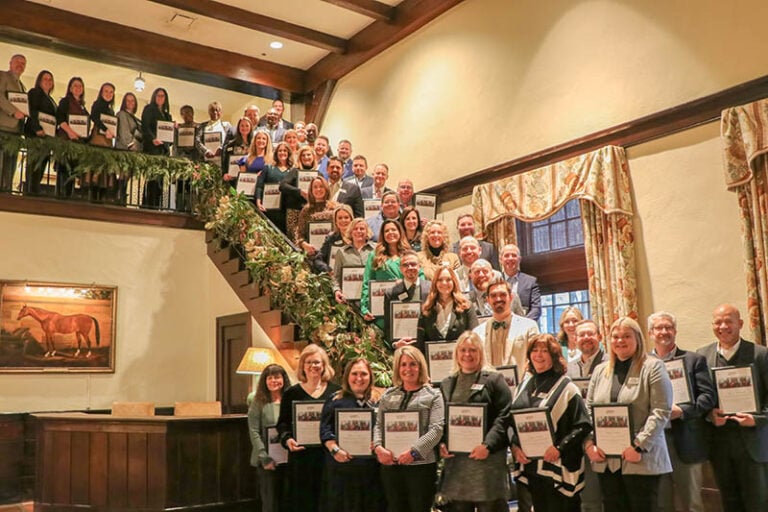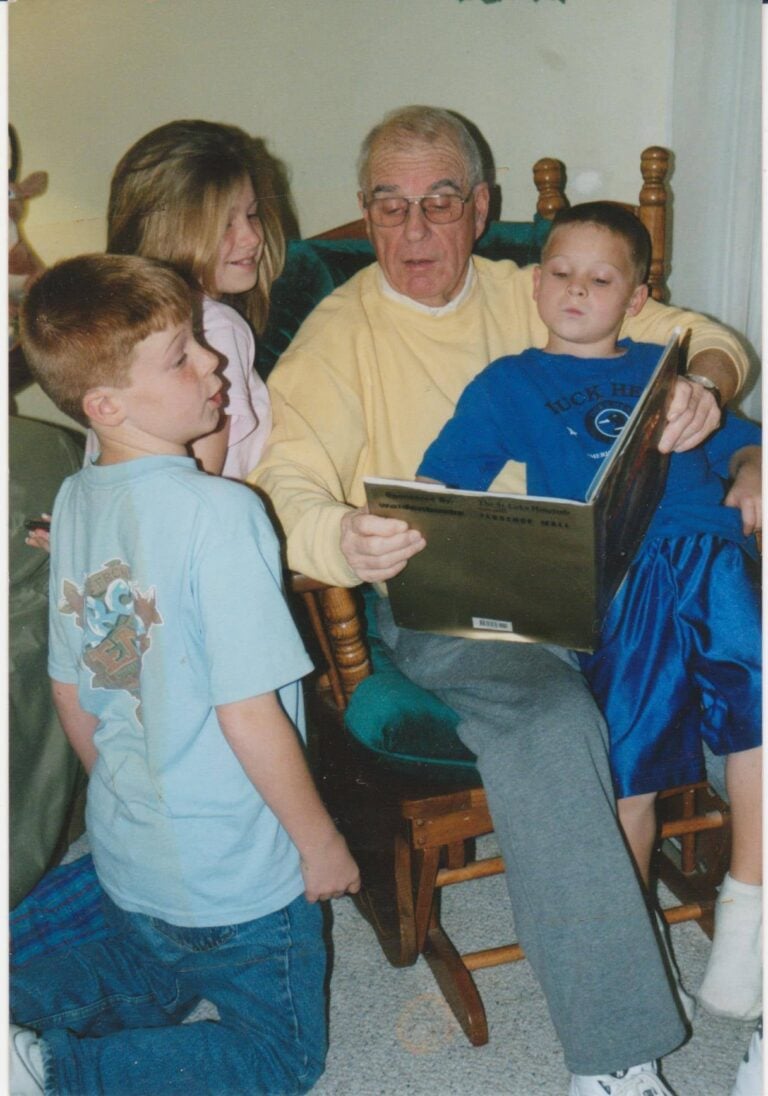As I sit here trying to coordinate a business trip out of town I can remember a day when I once flew weekly and found it to be exciting.
Several years later, it’s the last thing I want to do, because of the hassle it takes to coordinate a trip around colleagues and family activities, not to mention the delays and time wasted in airports.
The son of an Air Traffic Controller and hobby pilot, I learned early on that flying was the safest means of travel, though others nerve-wracking. Over the years I have come to learn and accept that since I don’t have an ounce of control of the plane, then there was no sense in worrying about it.
In a prior article “Fear of flying not at all logical; worry instead about that bathtub — or a lizard bite” I tried to ease those with the fear of flying by showing that dying in a commercial flight is almost as farfetched as being stabbed to death by a bird while observing an illegal cockfight.

As a safety and risk management professional I must say that the safety improvements in the airline industry over the years have been impressive, especially considering the increase in air traffic. Engineering improvements deserve much of the credit.
The invention of jet engines dramatically reduced the chance of engine failure. Advanced computers, electronics and the digital instruments have given the edge to pilots, led by enhancements in sensors, navigation equipment and air traffic control technology and anti-collision control systems.
Most aviation accidents in the past have included a series of events that usually encompassed human error. To overcome this the commercial airline industry has placed a huge emphasis on improving flight training which has become more controlled and professional with the development of flight simulators. Continuing training has allowed pilots to refresh their skills and better prepare for emergency situations.
Another important safety development in recent decades has been in crew or cockpit resource management and the monitoring of data, to reduce the risk of human error. For example, cockpit data monitoring systems – including digital audio and visual recording equipment – are now widely used to identify safety trends that can be addressed by training, as well as to investigate causes of accidents.
The improved safety results echo the aviation industry’s first-class risk management approach and its improved abilities to identify problems before they become significant issues.
But if such efforts by the airline industry don’t set your mind at ease, then here are some additional tips that you can consider to increase your survival rate in the event of an accident:
Remember if you aren’t first you’re last: Sit next to an exit because your odds of survival increase greatly if you are the first person off the plane.
Remember second is first place loser: Select an aisle seat for quick access to the aisle. When seconds count you don’t want to worry about having to climb over that passenger who is taking too long to get out of your way.
Sit in the back of the plane with the cool kids: When scheduling your flight consider the back of the plane, especially near the rear exit. Studies have found that passengers in the tail of the airplane enjoy a 40 percent higher survival rate than those in the first few rows.
Sit next to Bruce Willis: If you are a deer in the headlights type person, look to sit next to a young mobile male, to help escort you to safety in the event of an accident.
Leave your shoes on: When your action-hero grabs you by the arm and starts yelling yippee ki-yay, you don’t want to have to stop and tie your shoes.
Dress for success: Dress comfortably with lose fitting clothing and the correct shoes to let you move quickly. You don’t want to worry about is breaking a heel or losing a flip flop while evacuating plane.
Keep your tribe close: If you are traveling with friends, family or loved ones then always try to sit all together. You don’t to worry about searching for someone.
Listen to the safety professionals: Pay attention to the pre-flight safety talk. The airline attendants are the real action-heroes on any plane and will inform you of the critical safety information to successfully exit the plane, the number and location of all the exits and where is your flotation devise in located.
Informed victims become survivors: Read the safety card, it is a map that leads to your survival. You may have to slide down an inflatable ramp. You may have to get in an inflatable boat. The card shows you how it all works.
Snug as a bug: Always keep your seatbelt buckled and snug. Every extra centimeter of slack in your belt triples the G-Force your body will experience in the crash. Keep your belt low on your pelvis, instead of your abdomen. Bones can handle impact better than soft internal organs.
Visualize your escape: And count the number of rows in either direction to the exits.
Leave it: Whatever it is that you carried on, it can be replaced.
Speed doesn’t always kill: Most people will survive an impact and will have about 90 seconds to get out of the plane before being affected by smoke and flames. So hurry, as if your life depended on it.
Lightning doesn’t thunder twice: Remove your ear buds so that you can stay alert to your surroundings. Statistics show that most crashes occur in the minutes right after takeoff and just before landings, so stay alert and awake.
Don’t die too happy: Some people don’t get drunk, they get awesome. But to increase your odds of survival you should avoid those inflight alcoholic beverages. Alcohol impairs your response in a crisis.
Do your homework: Avoid airlines with poor safety records. Every airline has a safety record, and those records are tracked and assessable online.
Stay fit. If you want to win that race, then remember you have to be fit and able to get out.
Be Safe My Friends.
Keven Moore works in risk management services. He has a bachelor’s degree from University of Kentucky, a master’s from Eastern Kentucky University and 25-plus years of experience in the safety and insurance profession. He lives in Lexington with his family and works out of both the Lexington and Northern Kentucky offices. Keven can be reached at kmoore@roeding.com.






















